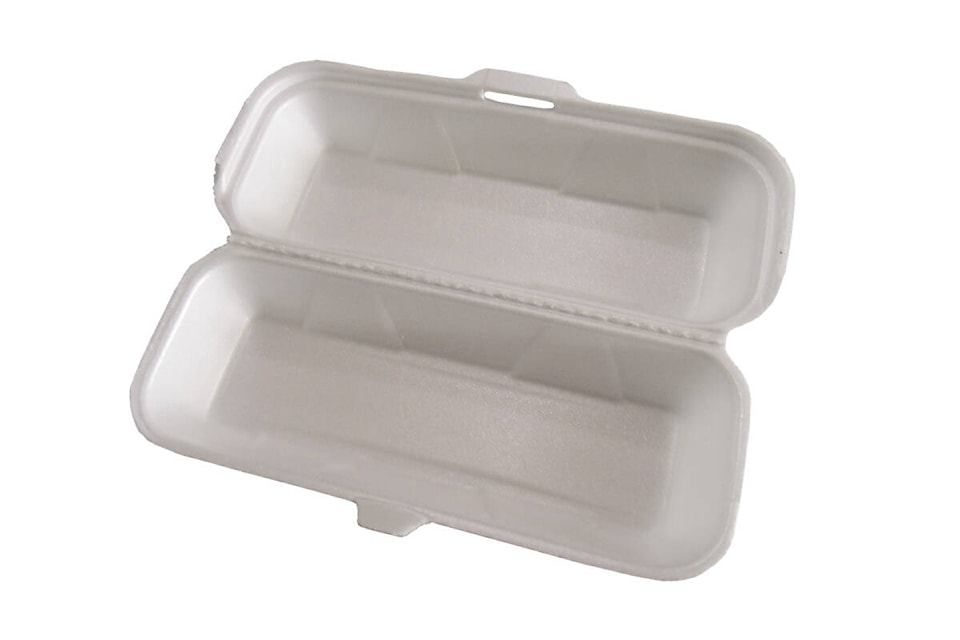Back in the day, your takeout hamburger used to come safely packed in a Styrofoam container.
Problem was those containers that kept our food warm were made using chlorofluorocarbons (CFCs) and contributed to the thinning of the ozone layer, along with hairspray propellants, refrigerants etc.
Environmental crises are nothing new. There are many in history, like the volcanic winter triggered by the eruption of Krakatoa in 1883 or the year without a summer in 1816, also triggered by a volcanic eruption.
There’s even the Little Ice Age, a period of modest global cooling that extended from the 16th to 19th centuries.
The ozone thinning, though, was human-caused, as was the response. The ozone layer isn’t expected to be back to pre-80s levels until 2075, but it is on its way, thanks to unexpected cooperation between global governments, regulatory agencies, manufacturers and people.
Though it took some time, CFCs were banned by 1989, and the recovery could begin.
Even the gas crisis in the 70s prompted a response from car manufacturers, who began shifting focus to more fuel-efficient engines and vehicles. (Though there’s still no shortage of gas guzzlers)
Back then, what science was telling us was accepted. Contrast that with today when the science tells us our climate is changing for the worse worldwide and we’re headed for the point-of-no-return is argued with at every turn.
It’s time we came together on a common reaction to this latest climate crisis. Even if you don’t want to believe in it, the recommended changes to our lifestyles are quite frankly, beneficial in any case
newsroom@clearwatertimes.com
Like us on Facebook and follow us on Twitter
